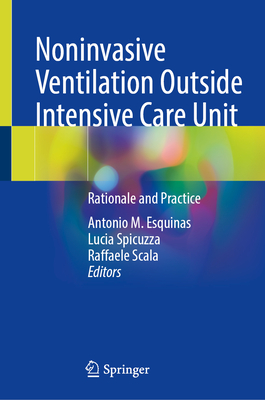
Noninvasive Ventilation Outside Intensive Care Unit(Noninvasive Ventilation. The Essentials)
重症监护病房外无创通气:基本理论与实践
临床诊断学
¥
1548.75
售 价:
¥
1239.00
优惠
平台大促 低至8折优惠
发货周期:国外库房发货,通常付款后3-5周到货!
出版时间
2023年10月05日
装 帧
精装
页 码
433
语 种
英文
版 次
2023
综合评分
暂无评分
- 图书详情
- 目次
- 买家须知
- 书评(0)
- 权威书评(0)
图书简介
This book aims to highlight the importance of the development of health conditions and demand for the application of noninvasive mechanical ventilation (NIMV) outside the intensive care units (ICUs); the diversification of possible scenarios outside the ICUs; the need to establish references that consolidate this phenomenon and the healthcare organizations models.In the last decades the extension of the use of NIMV outside of the ICUs has led to the generation of protocols and to the creation of new in-hospital care models. In this field, the main determining factors are a better knowledge of technique, technological advancement, better monitoring capacity, the creation of multidisciplinary teams adequately trained in their application, and social and health events that have overloaded ICUs. All these elements have promoted the creation of these NIMV units outside ICUs. This new reality entails the need for clarification of concepts, recommendations, and analysis of how to plan NIMV.Although the literature that clearly determine the indications and aids on the use of NIMV is considerable, this volume, pointing out the diversity of different healthcare models to define how to organize NIMV outside the ICUs, shed a light and bring a clear benefit to the scientific community involved.The book is structured in eleven main sections analyzing the epidemiology and trends for NIMV healthcare models and determining factors for these models outside ICUs.The originality of the work, its clear clinical-practical impact and the multidisciplinary approach given by all healthcare professionals involved (intensivists, pneumologists, internal medicine and emergency medicine specialists, geriatricians, chest respiratory therapists, etc.) is very relevant for the thoroughness of the book.
本书暂无推荐
本书暂无推荐














